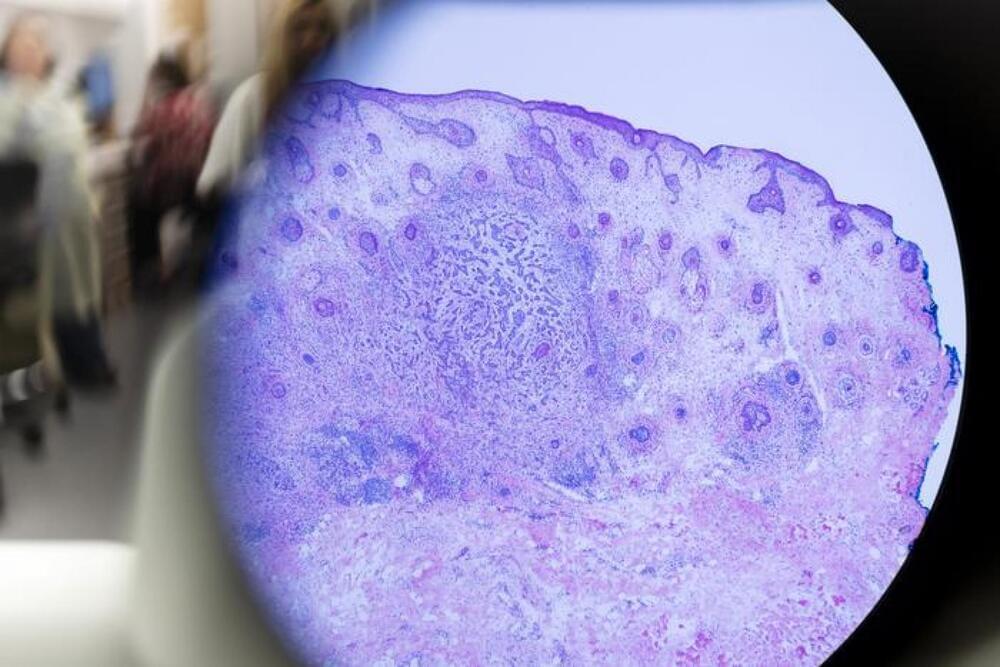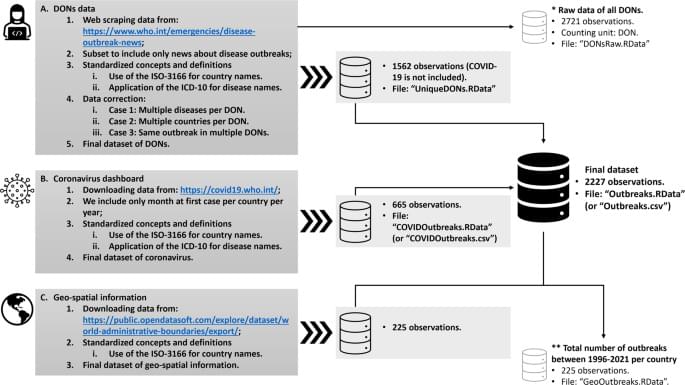Memorial Sloan Kettering Cancer Center (MSK) has spearheaded revolutionary research unveiling groundbreaking strides in cancer treatment and understanding disease mechanisms.
Their discoveries include CAR T cell therapy targeting specific antigens in acute myeloid leukemia (AML), insights into the genetic element LINE-1, revelations on blood stem cell regulation, and a promising immunotherapy technique targeting CD47, showcasing potential breakthroughs in cancer therapy.
In the battle against acute myeloid leukemia (AML), traditional CAR T cell therapies faced hurdles due to varying antigens in AML cells and their similarity to normal blood stem cells, risking broader immune system damage.






